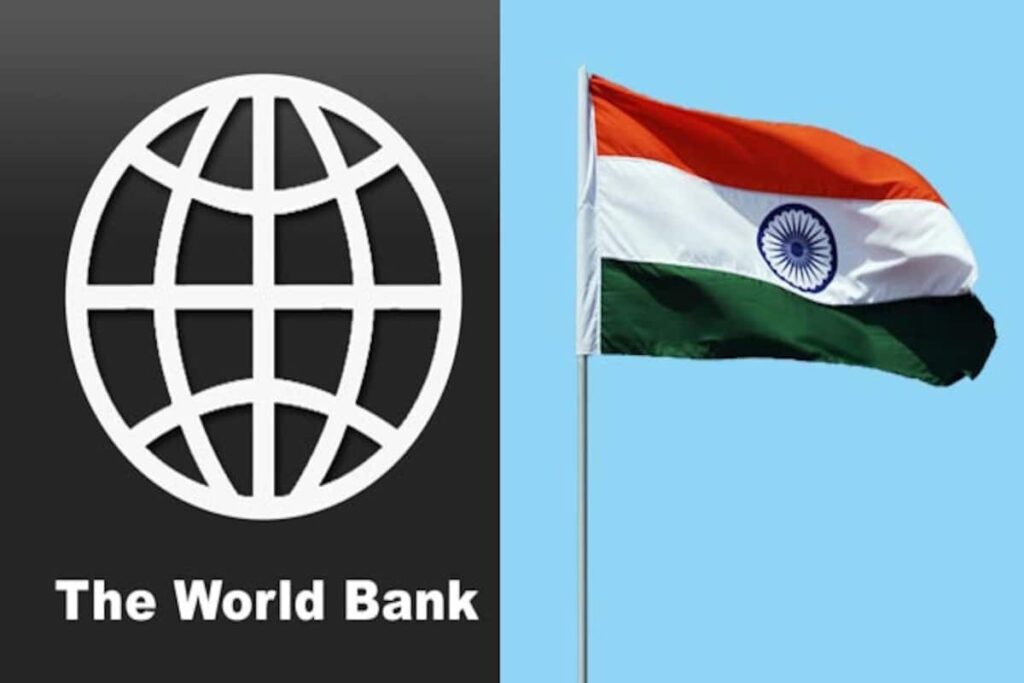The World Bank has issued a warning that recent U.S. tariffs on Indian exports could have a significant impact on the economic growth of South Asia in the coming year. The organization highlights that trade tensions may slow recovery and affect key industries in the region.

📉 Impact of US Tariffs on India
The tariffs target several sectors of Indian exports, including textiles, technology, and manufactured goods. The World Bank notes that these measures could:
- Reduce export revenues for Indian businesses
- Slow down overall economic growth in India and neighboring countries
- Affect employment in export-dependent sectors
Economists emphasize that South Asia’s economy is closely linked through trade, so disruptions in India’s exports could have a ripple effect across the region.

🌏 South Asia’s Growth Challenges
The World Bank report points out that South Asia has been recovering steadily from the economic slowdown caused by the pandemic. However, additional trade barriers may create headwinds, making it harder for the region to maintain strong growth.
Trump Imposes 100% Tariffs on Foreign-Made Movies: What It Means for Hollywood
“Tariff measures from major trading partners could slow the momentum in South Asia, impacting exports, investments, and job creation,” the report stated.

💡 What Experts Recommend
Economists suggest that India and its trading partners work on dialogue and negotiation to reduce trade tensions. Strategies include:
- Diversifying export markets
- Strengthening domestic industries
- Engaging in international trade discussions
Experts warn that without action, prolonged tariffs could weaken South Asia’s growth trajectory in 2026.
FAQ
Q1: What did the World Bank warn about?
A: The World Bank warned that U.S. tariffs on Indian exports could slow economic growth in South Asia in 2026.
Q2: Which sectors are most affected?
A: Key sectors include textiles, technology, and manufactured goods.
Q3: How could this affect South Asia overall?
A: Reduced exports from India could create ripple effects, affecting employment, investment, and growth in neighboring countries.
Q4: What solutions do experts suggest?
A: Experts recommend trade negotiations, market diversification, and strengthening domestic industries.
Q5: When is this impact expected?
A: The slowdown is expected to affect South Asia’s growth in 2026 if tariffs persist.
